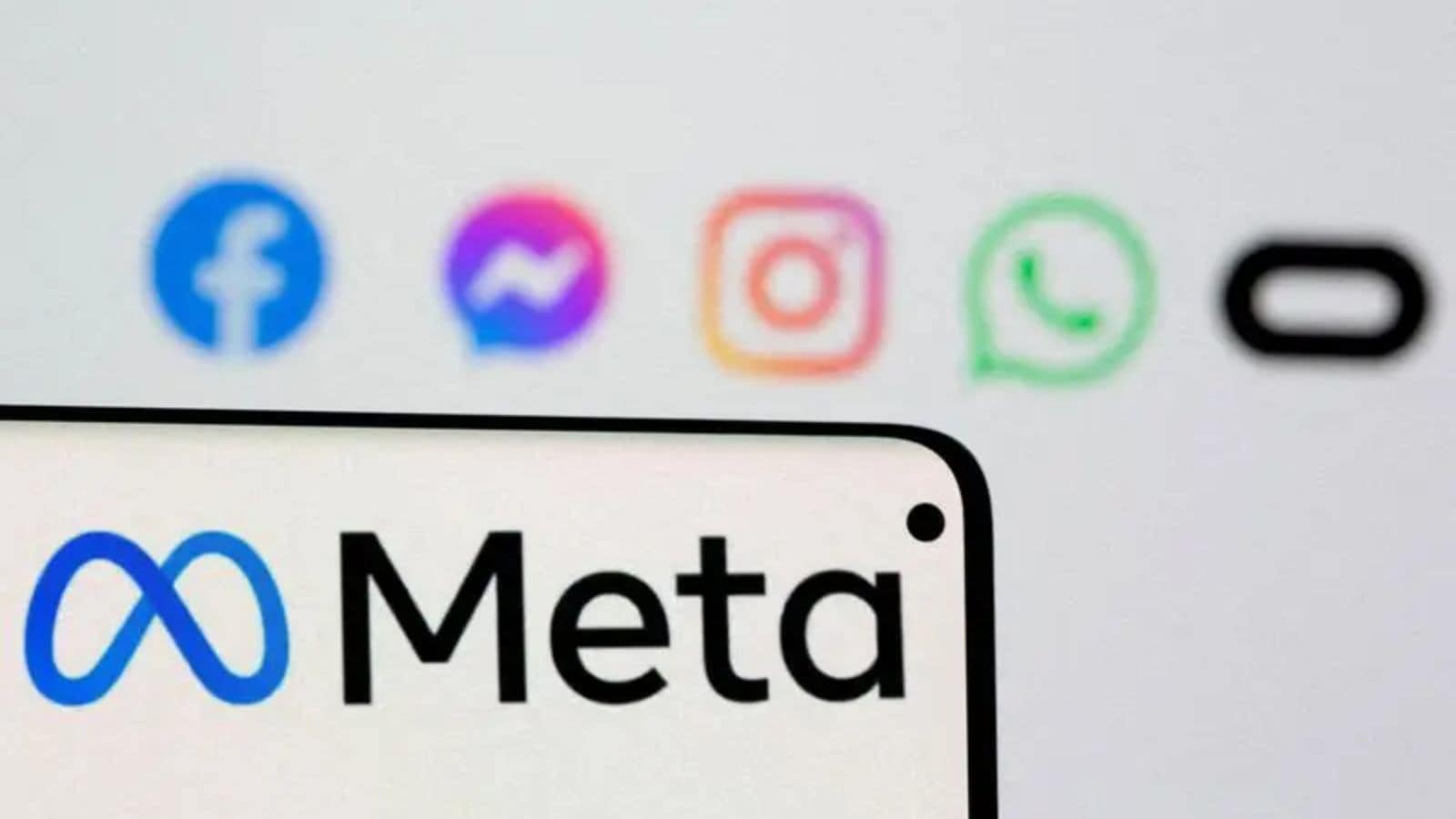
Trump's New Rules on Pharma Ads Impacting Billions
The Trump administration has recently announced a significant crackdown on pharmaceutical advertising in the United States, particularly focusing on TV and social media platforms. This initiative aims to enhance transparency in drug advertisements by requiring pharmaceutical companies to disclose more side effects associated with their products. While direct-to-consumer advertising is permitted in only a few countries, including New Zealand, the new regulations will not impose a complete ban on such ads.
The new rules are expected to impact the pharmaceutical industry, which spent approximately $10.8 billion on direct-to-consumer advertising in 2024. Major companies like AbbVie and Pfizer have been particularly prominent in this space, with AbbVie alone investing $2 billion in ads for its anti-inflammatory drugs. The goal of these regulations is to provide patients with more information, allowing them to make informed decisions about their health.
Health and Human Services Secretary Robert F. Kennedy Jr. has been vocal about limiting misleading pharmaceutical advertisements. The Food and Drug Administration (FDA) is also stepping up enforcement of existing rules regarding misleading ads, indicating that the agency is taking a firmer stance on this issue. Recently, the FDA sent out around 100 enforcement letters to companies that have been promoting drugs without adequately disclosing side effects.
Critics argue that many pharmaceutical ads focus on expensive, brand-name medications and do not provide the necessary information about potential risks. In response, the administration is examining the role of social media influencers in promoting drugs and whether they adhere to the same advertising standards as traditional media. This scrutiny extends to telehealth companies as well, which have been criticized for their advertising practices.
In an era where pharmaceutical advertising significantly influences consumer behavior, the Trump administration's new measures could reshape the landscape of drug promotion in the US. By enforcing stricter regulations, the goal is to foster greater transparency and protect consumers from misleading information. As these rules come into play, both pharmaceutical and media companies may face challenges in adapting to this new environment.









